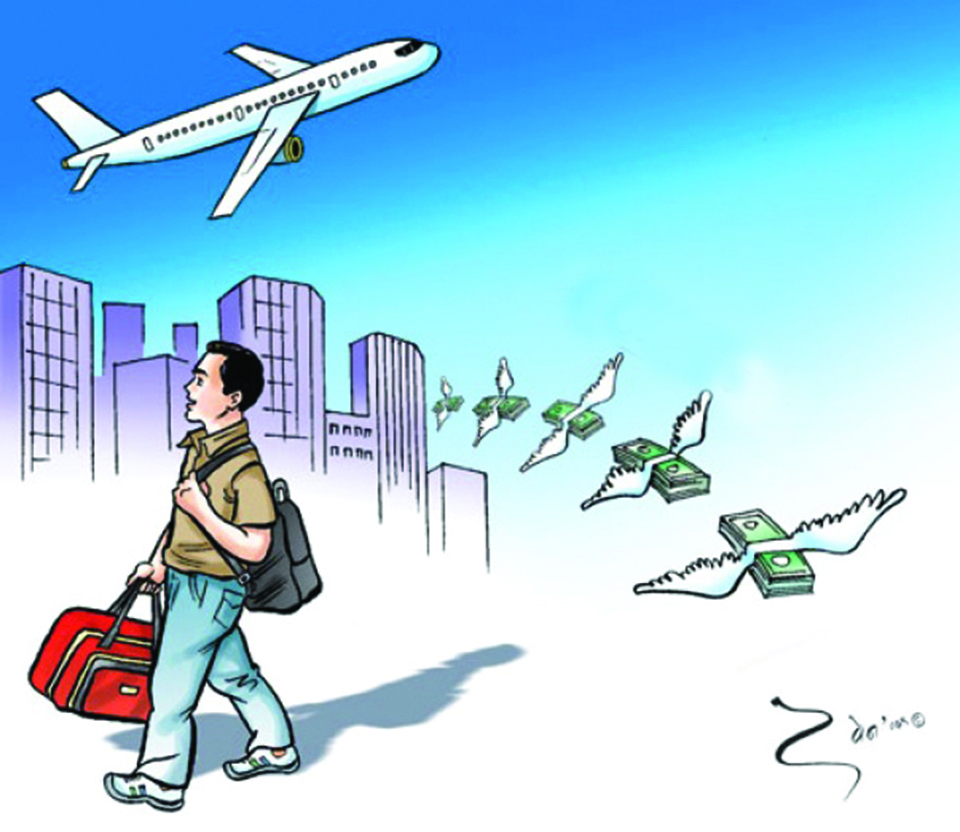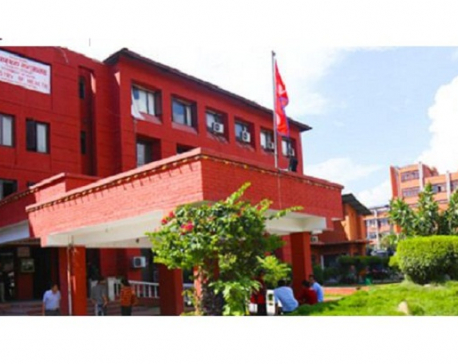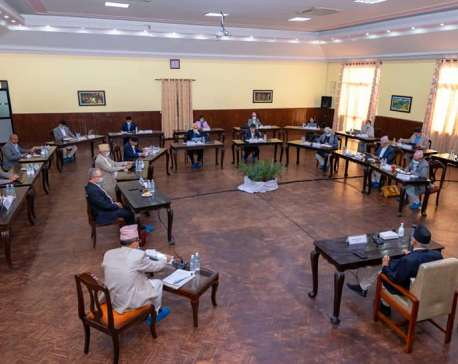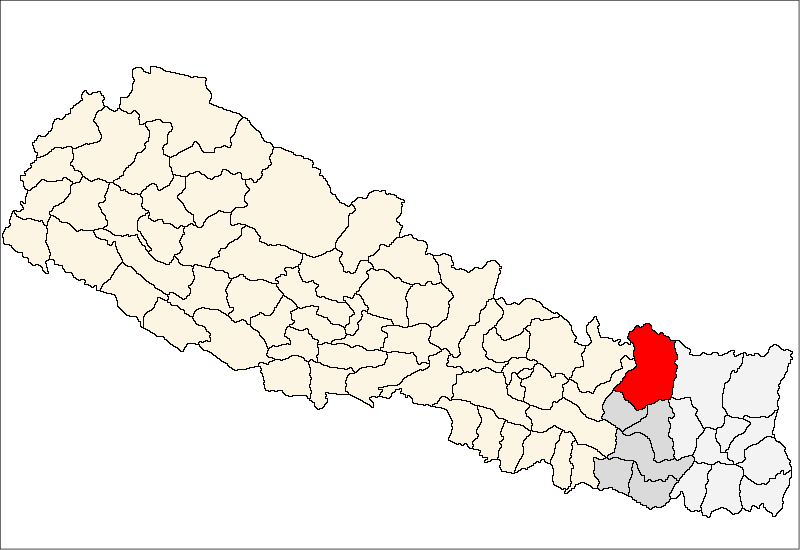
OR
Nepal sees 23 percent rise in remittance inflow despite COVID-19 pandemic
Published On: September 27, 2020 09:40 AM NPT By: Republica | @RepublicaNepal

Migrant Nepali workers used formal channels to send money back home during the COVID-19 pandemic, leading to the rise in remittance inflow
KATHMANDU, Sept 27: Nepal was under a strict lockdown for almost five months to deal with the COVID-19 pandemic. Though the lockdown was lifted about two weeks ago, a number of sectors are still under restrictions.
Similarly, the government reopened Nepal’s foreign employment sector only on August 31. As a result of the restrictions on the movement of the foreign-bound workers, the number of Nepalis seeking final labor approval (institutional and personal-new and legalized) for foreign employment decreased by 99.2 percent during mid-July and mid August this year, according to the Current Macroeconomic Report of Nepal Rastra Bank (NRB).
According to the government records, more than 76,000 stranded Nepalis have been brought home during the period. Most of them were reported to have returned after losing their jobs abroad.
But despite the unfavorable situation, surprisingly, the remittance inflow in the first month of the current fiscal year increased by 23 percent to Rs 92.71 billion, according to the NRB report. In US Dollar terms, the growth was 14.5 percent, compared to the growth of just 0.7 percent during the review period of 2019/20, when there was no such difficult situation hitting the country’s remittance earnings.
Following the government-enforced lockdown on March 24, the central bank had projected a drop of over 15 percent in remittances in the last fiscal year. While the World Bank also projected remittances to go down by 14 percent, the Central Bureau of Statistics also projected a decrease of Rs 163 billion, or over 18 percent.
According to NRB officials, with the government tightening the noose on informal trade including gold purchase, the migrant workers could have been sending their money through the formal channels instead of using informal ones, including hundi and money transfers, among others. “The restrictions and lockdowns could also have prompted the migrant workers to send money through the banking channels,” said Gunakar Bhatta, spokesperson for the NRB.
Of late, there is an increasing presence of the Nepali banks abroad that includes South Korea and Australia, among others.
You May Like This

Nepal sees 12.6 percent rise in remittance inflows in the first quarter
KATHMANDU, Nov 26: Remittance inflows in the first three months of the current fiscal year increased by 12.6 percent to... Read More...

With 210 new cases of coronavirus today, Nepal's COVID-19 tally reaches 19,273
KATHMANDU, July 29: The Ministry of Health and Population has confirmed 210 new cases of coronavirus, taking the country's COVID-19... Read More...

In view of rising COVID-19 cases, Nepal extends lockdown until July 22
KATHMANDU, June 29: The government has decided to extend the ongoing lockdown until July 22. ... Read More...




Just In
- Nepal's ready-made garment exports soar to over 9 billion rupees
- Vote count update: UML candidate continues to maintain lead in Bajhang
- Govt to provide up to Rs 500,000 for building houses affected by natural calamities
- China announces implementation of free visa for Nepali citizens
- NEPSE gains 14.33 points, while daily turnover inclines to Rs 2.68 billion
- Tourists suffer after flight disruption due to adverse weather in Solukhumbu district
- Vote count update: NC maintains lead in Ilam-2
- NAC's plane lands at TIA after its maintenance in Israel














Leave A Comment